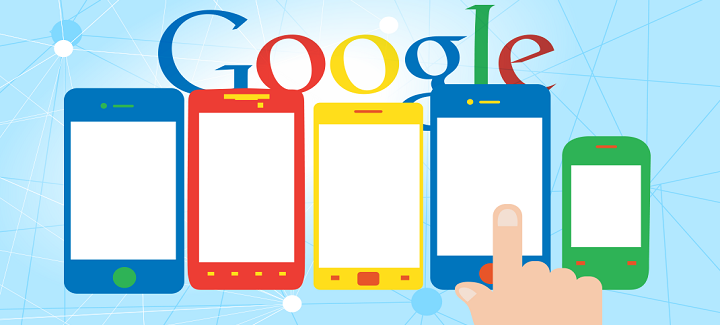
Video is as much part of the current digital landscape as status updates and blog posts.
Simply put, investing in video is a great way to reach people. It’s a method of communication that adds immediacy and greater engagement, despite the physical separation of digital communication. Much of that separation spans across continents and cultures, so below we’ll cover how you can harness video translation in order to promote your tech company in any region.
Why Using Video Translation Is So Important
Video is big, and it’s only getting bigger. Currently, video translation is one of the top translation trends. According to Cisco, “Globally, IP video traffic will be 82 percent of all IP traffic (both business and consumer) by 2022, up from 75 percent in 2017.” Meanwhile, internet video to TV could increase threefold between 2017 and 2022.
What’s more, a 2019 survey by the video company Wyzowl found that 68 percent of consumers would actually prefer to learn about a new product in the form of a short video. And 83 percent of marketers say that video gives them a good ROI, which is up from 78 percent in 2018.
What all this shows is that video matters to people. It’s a highly engaging and palatable way to learn about a product or service – when it’s done well. So if you need to promote your tech company across multiple cultures, video translation or video transcription might be just the answer you’re looking for.
What Can Tech Companies Use Video Translation For?
You may be wondering where to start with creating videos and using video translation services. What would you even use a video for? Tech companies can actually use video for a number of purposes. A few of these include:
- Product promotion: think of your video as a commercial that goes on the internet, reaching out to customers around the world.
- Teasers about forthcoming goods and services: get yourself into the mindset of those Apple videos that tease the latest tech coming to the market before official announcements are made .
- Marketing/brand awareness-raising: this can include whatever you think will enable people to understand and like your brand more. Content can range from interviews with founders/owners describing the business philosophy, to humorous client testimonials to campaigns that aim to make a difference in the world.
Bear in mind that the cleverer you get with your internet videos, the more culturally specific they often become. For instance, the brand Always asked people to “throw like a girl” as part of a women’s empowerment campaign, with younger girls who hadn’t been as immersed in cultural stereotypes yet performing better with their throws. Gender contexts in particular can vary by culture, so you would need a good translation company to adequately localize the content, rather than just translate it.
How Video Translation Works
Video translation is a multi-step process. It pays to know what that process looks like before you dive into it. The video translation process, working with a professional translation service, looks like this:
- Transcribing: The whole process begins when you transcribe the dialogue of the video into script form. This script will be used as the basis for the translation of the text, voiceovers and possible subtitles/closed captions.
- Timestamping: Timestamps on the video assist with syncing up the new audio or subtitles with the video itself. These are markers that list the length of time the video has been playing. These time markers make it into the video transcripts, too. For instance, certain content may be marked by when it appears in the video, so that the translation (whether written or verbal) can be synced perfectly with the visual elements.
- Translating: The text of the video gets translated into the desired language.
- Making translation files: If you use subtitles or closed captions, these are coded into files that work with the video. This is also where any new voice recording takes place.
- Video editing: This stage combines the new files with the existing video, making good use of those all-important timestamps!
As you can see, this is quite a detailed process. As such, hiring a top-notch translation company is key to its success.
Localization versus Globalization
The terms localization and globalization are often tossed around. Localization refers to the process of adapting content or products to a specific region. It means making sure a translation is culturally appropriate and thus delivers a good user experience. Globalization is the actual spread of anything from jobs to products across cultural and national borders. The term also refers to making a website (or other document) as international as possible, so that it can appeal to readers from around the world.
Both of these are important to keep competitive in business, since so many products are being used in multiple cultures. By globalizing and localizing your products and services with professional translation, you can open your business up to whole new markets and increase awareness of your tech company around the globe.











![Watch Video Now on xiaohongshu.com [以色列Elevatione perfectio X美容仪 perfectio X 全新仪器黑科技了解下]](https://www.techburgeon.com/wp-content/uploads/2019/07/perfectiox-singapore-150x150.jpg)
